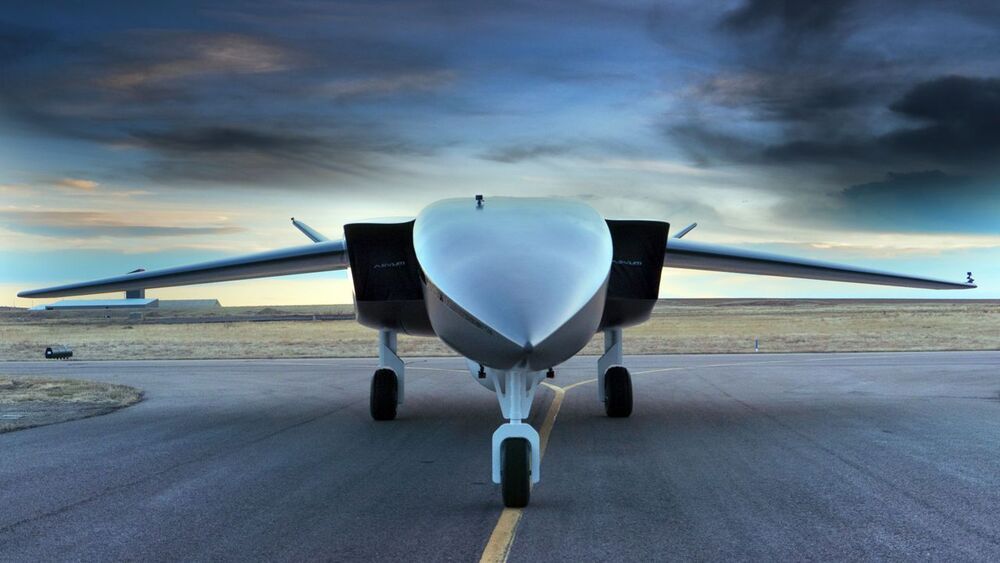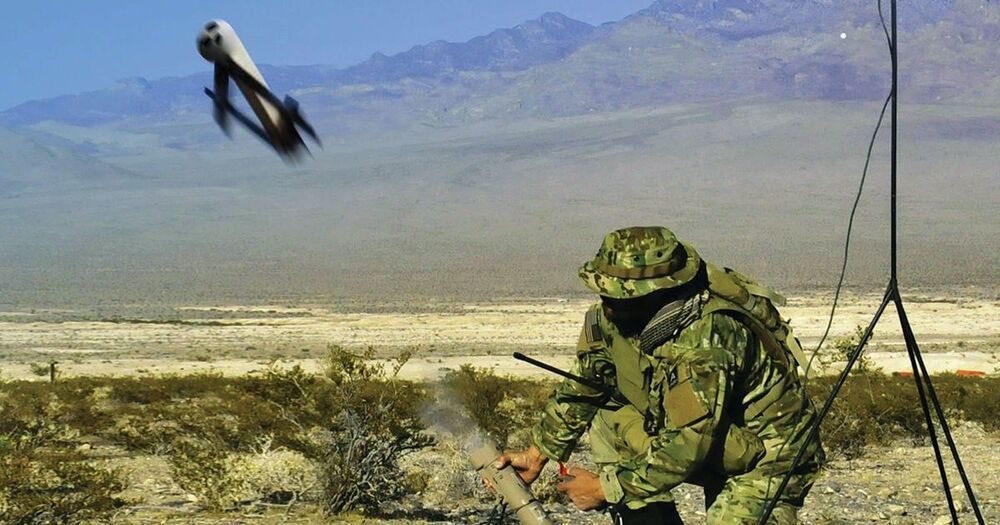Drone services company DroneUp has been approved for an industry-first FAA Waiver for flight over people and moving vehicles to support drone delivery of COVID-19 test kits anywhere in the U.S.
Scaling drone delivery throughout the country will require flight over people and moving vehicles, something that U.S. drone regulations currently prohibit without a waiver. Now, DroneUp, LLC announces that it has been approved “for the Federal Aviation Administrations (FAA) Section 107.39 Operation Over People Waiver allowing the unrestricted flight over non-participating persons and moving vehicles to support the drone delivery of COVID-19 test kits,” according to a press release.
“DroneUp’s 107.39 waiver is the first to allow drone delivery operations over people anywhere in the United States without predefined operating areas, locations, or routes. The waiver is also a first to allow unrestricted delivery overflight of moving vehicles.”




